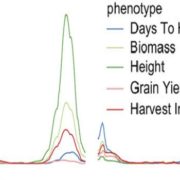
Field-based high throughput phenotyping identifies genes controlling yield in rice
Plant Science Research Weekly, Research, Research Blog0 Comments
/
The classic art of plant breeding involves carefully examining a genetically segregating population for traits of interest. Increasingly, high-throughput, automated phenotyping systems are being used; for example, robots can carry plants to imaging chambers for data collection. However, growth-chamber…

Technical Advance: Distribution of thylakoid membrane lipids among individual cells of maize leaf ($)
Plant Science Research Weekly, Research, Research BlogThe distribution of metabolites in tissues can be determined in situ through the technique Mass spectrometry imaging (MSI) with matrix-assisted laser desorption ionization (MALDI) (also known as MALDI-MSI). Duenas et al. used MALDI-MSI to analyze the distribution of thylakoid membrane lipids in maize,…
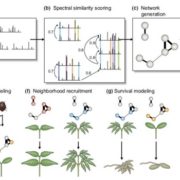
Review: The cryptic chemical traits that mediate plant community composition
Plant Science Research Weekly, Research, Research BlogPlants produce a huge variety of specialized metabolites, many with roles in defense. Metabolic profiles rarely follow phylogenetic lines; in fact, closely related species often produce dramatically different suites of metabolites. When it comes to defense chemistry, it is advantageous to be different…
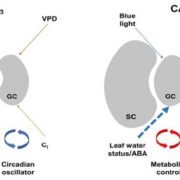
Update: Stomatal biology of CAM plants
Plant Physiology: Updates, Plant Science Research Weekly, Research BlogCrassulacean acid metabolism (CAM) plants open their stomata at night, decreasing water loss and increasing water-use efficiency as well as drought tolerance. Males and Griffiths review the stomatal biology of CAM plants as compared to C3 plants. For example, CAM stomata are relatively insensitive to…
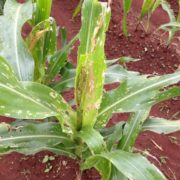
Scientists tackle deadly fall armyworm infestation devastating maize in southern Africa
Research, Research BlogFrom CIMMYT, by Brenda Wawa / February 23, 2017
"Smallholder farmers in eastern and southern Africa are facing a new threat as a plague of intrepid fall armyworms creeps across the region, so far damaging an estimated 287,000 hectares of maize.
Since mid-2016, scientists with the International…

Quinoa—quest to feed the world
Research, Research BlogThe high-quality sequencing of a quinoa genome brings new potential for global food security.
“Quinoa was the staple ‘Mother Grain’ that fueled the ancient Andean civilizations, but the crop was marginalized when the Spanish arrived in South America and has only recently been revived as a new…

New lines of broccoli flowers without need for cold treatment
Blog, Research, Research BlogToday the BBSRC strategically funded John Innes Centre has announced a potential breakthrough in broccoli production that will aid in UK food resilience and global food security. Scientists at JIC are developing a new line of fast-growing sprouting broccoli that goes from seed to harvest in 8-10 weeks.…
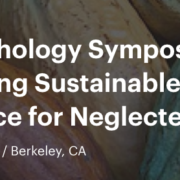
How can genomics help neglected crops fight disease?
Blog, Research, Research BlogGuest post by Kelsey Wood (@klsywd) a PhD student researching the genetics and genomics of plant-pathogen interactions at the University of California, Davis.
I recently attended a Plant Pathology symposium on “Genomics Strategies for Developing Sustainable Disease Resistance for Neglected Crops…

Metabolic control of tobacco pollination ($)
Plant Science Research Weekly, Research, Research BlogA germinated pollen grain extends a pollen tube through the stigma and style of the flower to deliver two sperm cells to an ovule. Tip-directed growth of the pollen tube requires a large energy input, but how does the pollen tube obtain energy while growing through the flower tissues? Goetz et al.…

